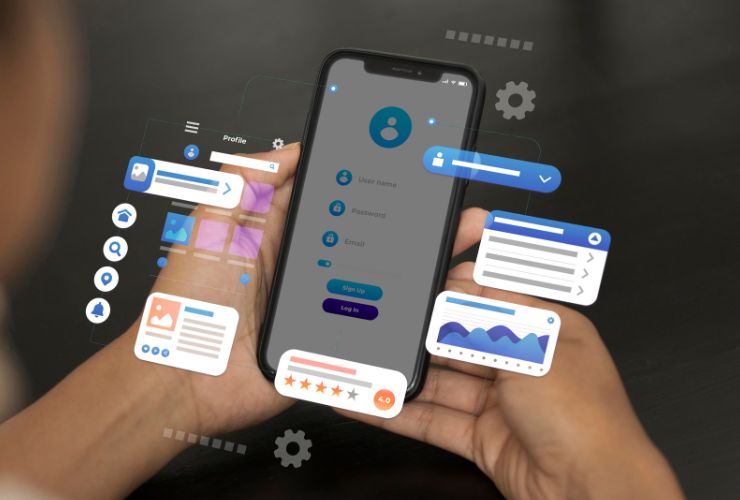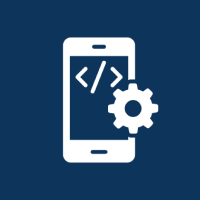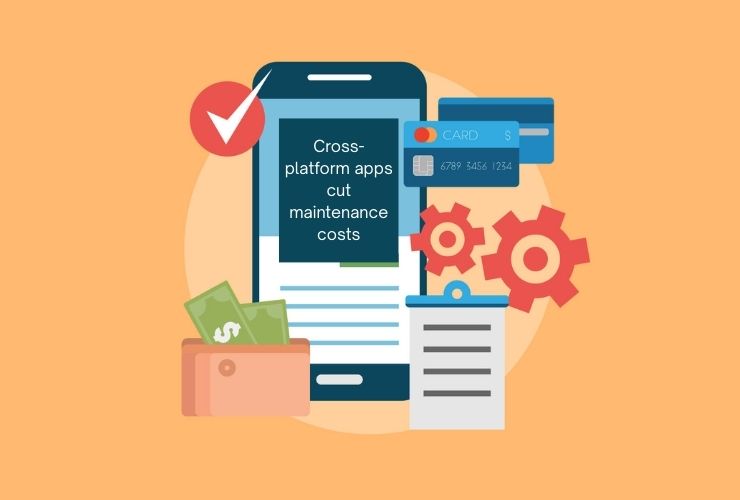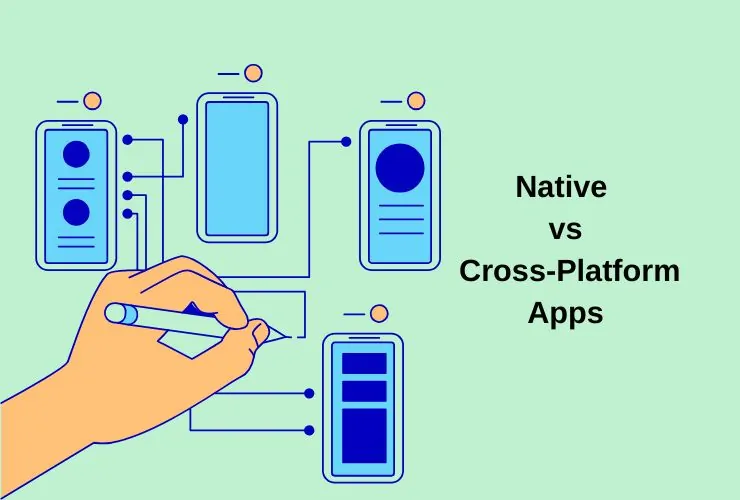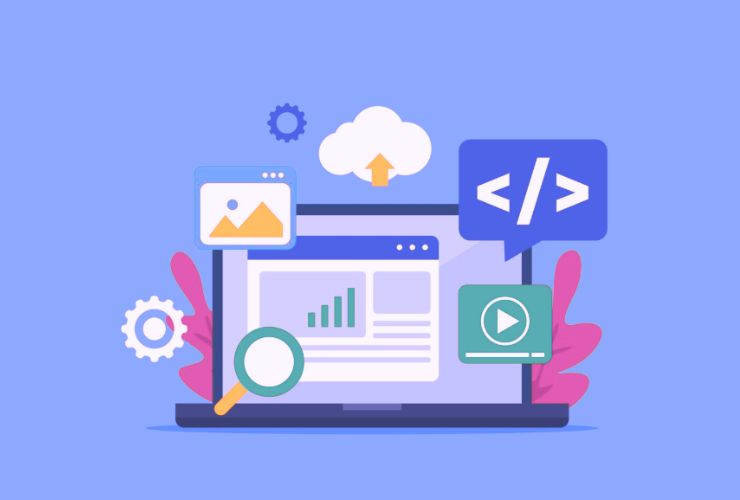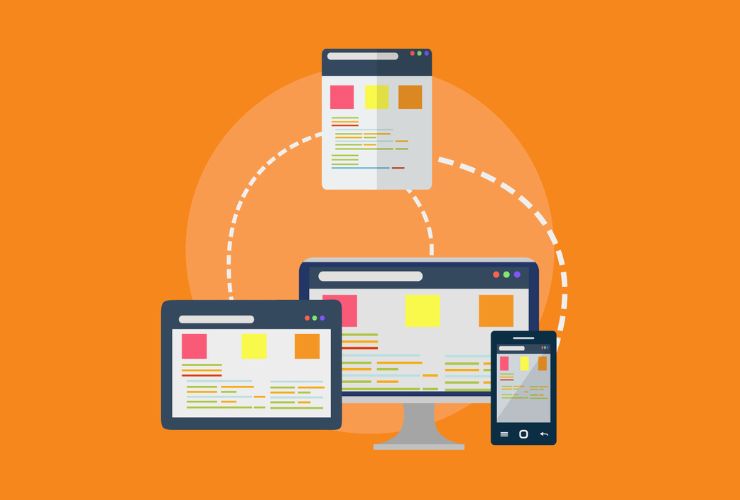In this day and age of mobile-first, having an app that flows smoothly across all platforms—be it iOS, Android, Windows, or even the web—is no longer a nicety, but a requirement. Users expect a unified experience, and enterprises need efficient ways to deliver it. Traditionally, this was achieved through building separate apps for each platform, which requires longer time, higher costs, and requires many development teams.
Cross-platform app development circumvents this issue since app developers have the ability to develop apps for different operating systems from one codebase. Not only is the development made simpler, but maintenance cost is also minimized and time-to-market accelerated. It is a cost-effective, scalable, and future-ready means to deploy premium digital experiences on devices.
Understanding Cross-Platform App Development
Cross-platform development refers to the process of developing applications that can be deployed across two or more operating systems from a shared codebase. Instead of developing native Android and iOS apps individually, one can develop a single codebase and deploy it across several platforms.
This is achieved with frameworks that map platform-specific behavior to shared logic. These frameworks compile the shared code to native code or render UI elements naturally to the end user on any device.
Cross-platform development suits new firms as well as established firms. It is great for quick prototyping, faster releases, and easy updates across platforms without compromising on the user experience.
How It Works
Cross-platform development frameworks use only one programming language—like JavaScript, Dart, or C#—on which application logic is built. Cross-platform development frameworks provide libraries and APIs that can be used by the developer to implement UI components and native device features like cameras, GPS, sensors, and storage.
When the actual code is being written, the framework converts it into platform-specific code. This may be achieved by:
- Compilation to native code (e.g., Flutter, Xamarin)
- Runtime bridging to native components (e.g., React Native)
- Web code integrated within a native shell (e.g., Ionic)
It makes the app run with near-native performance, all but indistinguishable from applications developed using native platforms.
Cross-Platform App Development Core Benefits
Code Reusability
Because there is one codebase that operates on all platforms, developers can prevent duplicate effort. This eliminates bugs, minimizes testing, and enables more stable updates.
Reduced Development Time
Having one app rather than many equals a significantly shorter development time. Updates and new features may be deployed more quickly, providing businesses with a competitive advantage.
Cost-Efficiency
It is less expensive to maintain and develop a single codebase than to maintain separate native apps. It makes cross-platform the best for startups, small enterprises, and organizations with limited development capabilities.
Broader Market Reach
An app is released cross-platform at once on every device. You don’t get to decide iOS or Android first—release on both instead.
Unified User Experience
Consistency is user experience best practice. Cross-platform development enables you to maintain consistent design and function across all platforms, which translates to user retention and engagement.
Simplified Maintenance and Updates
Modifications to one codebase can be applied to other platforms, allowing for fixes and updates to be completed faster and minimizing the chance of platform-specific bugs.
Well-Known Platforms for Cross-Platform Development
Flutter
Flutter is built by Google and relies on the Dart language, with a full-blown set of pre-designed widgets. It is compiled to native code, providing native-like performance and stunning interfaces. The “hot reload” feature of Flutter has made it globally famous for accelerating development and iteration.
React Native
It was founded by Facebook, and React Native is a JavaScript-and-React-based technology. React Native enables developers to write most of the app code in JavaScript with native components used for performance-critical pieces. It is large in community and has wide library coverage.
Xamarin
Xamarin is a C# and .NET-based product of Microsoft. It is most suitable for enterprise apps. Xamarin has rich integration with Visual Studio and good support for platform-specific calls to APIs.
Ionic develops apps based on common web technologies such as HTML, CSS, and JavaScript. It embeds web content within a native shell so that web developers can more easily adapt to building mobile applications.
Ideal Applications for Cross-Platform Development
- MVPs and Startups: Ship fast and test your idea with minimal effort.
- E-commerce Websites: Provide similar shopping experiences on devices with backend systems integrated.
- SaaS and Enterprise Applications: Distribute your application across all major platforms without having to repeat efforts.
- Learning Applications: Provide seamless access across tablets, smartphones, and desktops.
- Healthcare Apps: Make it accessible and usable across devices without letting go of functionality.
Where Cross-Platform Might Not Be the Best Choice
Although cross-platform development is highly cost-effective, it may not always be the best fit for everything:
- Performance-Intensive Apps: Games and apps that take advantage of advanced graphics will perform better when natively developed.
- Complex Device Capabilities: Applications that require heavy integration with device hardware (i.e., augmented reality or biometric scanning) might be limited.
- Heavily Platform-Tuned UIs: Complex, platform-specific UI features are more difficult to emulate accurately.
Native app development could potentially provide better quality in this situation but at greater expense and longer timeline.Cross-Platform
Development Leading Technologies
- Progressive Web Apps (PWAs): Blurring lines between web and mobile, PWAs are surfacing for their flexibility and low overhead.
- MAUI (Multi-platform App UI): Microsoft’s future-proofed platform seeks to converge app development on Android, iOS, macOS, and Windows with .NET.
- AI Integration: Increasing numbers of cross-platform frameworks are incorporating AI-powered features such as chatbots, personalization, and voice assistance.
- Cloud-Native Support: Smooth integrations with cloud platforms (e.g., Firebase, AWS Amplify) are increasing scalability and backend performance.
Conclusion
Cross-platform mobile app development is revolutionizing the way companies build digital experiences. By making it possible to deploy faster, with less cost, and perform consistently across all platforms, it enables companies to satisfy current user needs without the technical overhead of supporting multiple native apps.
As frameworks get better and more mature, native vs. cross-platform is rapidly diminishing. Whether you’re a startup creating your first MVP, an expanding firm expanding your web presence, or an enterprise looking for how to maximize utilization of resources, cross-platform development provides an intelligent, scalable, and future-proof way to develop apps.
With the proper strategy and structure, you can develop great apps that serve users worldwide—without sacrificing quality and performance.

